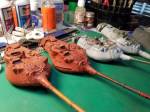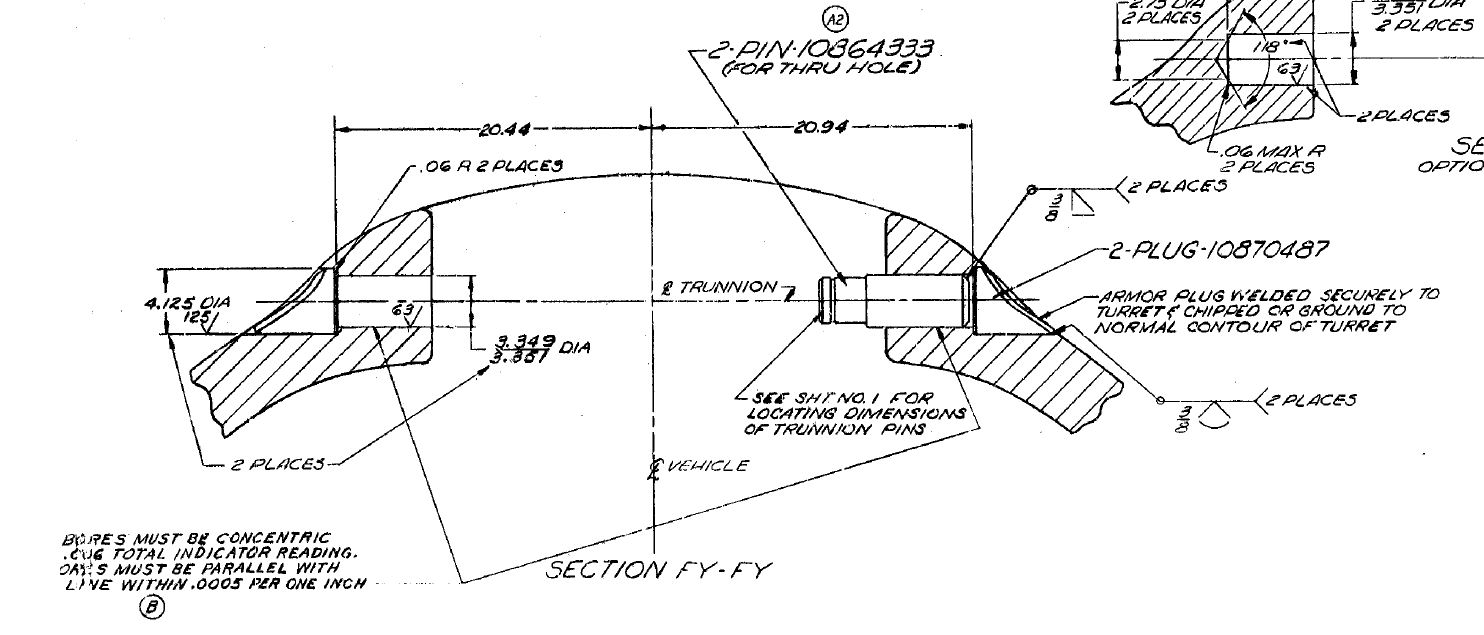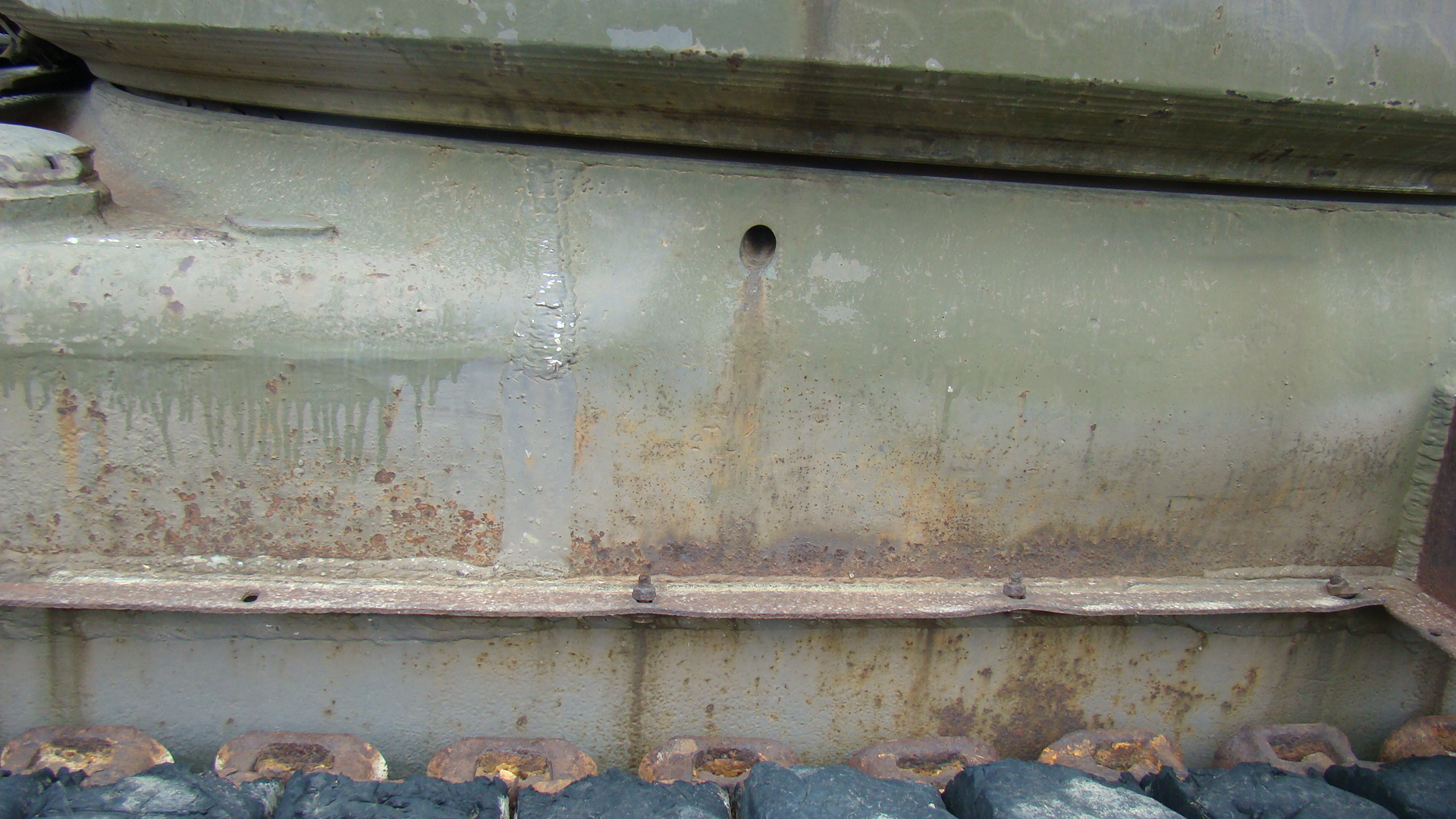Still, hand rails are an easy fix.
What's not quite so easy if reshaping the turret. In looking over my M47 photos (a pretty extensive collection derived from my wanderings) I've pretty much narrowed it down to three distinctive styles. I don't think this is a result of different grinding techniques or slight variations in molds - they seem to appear quite different and I've seen several versions of the "sliced" versdion.
First off, this ring. Italeri, (and Hence Tamiya) do not have it. Takom has it but it is not done well. The welds should stand proud as you can see. Takom has the rings engraved into the turret.
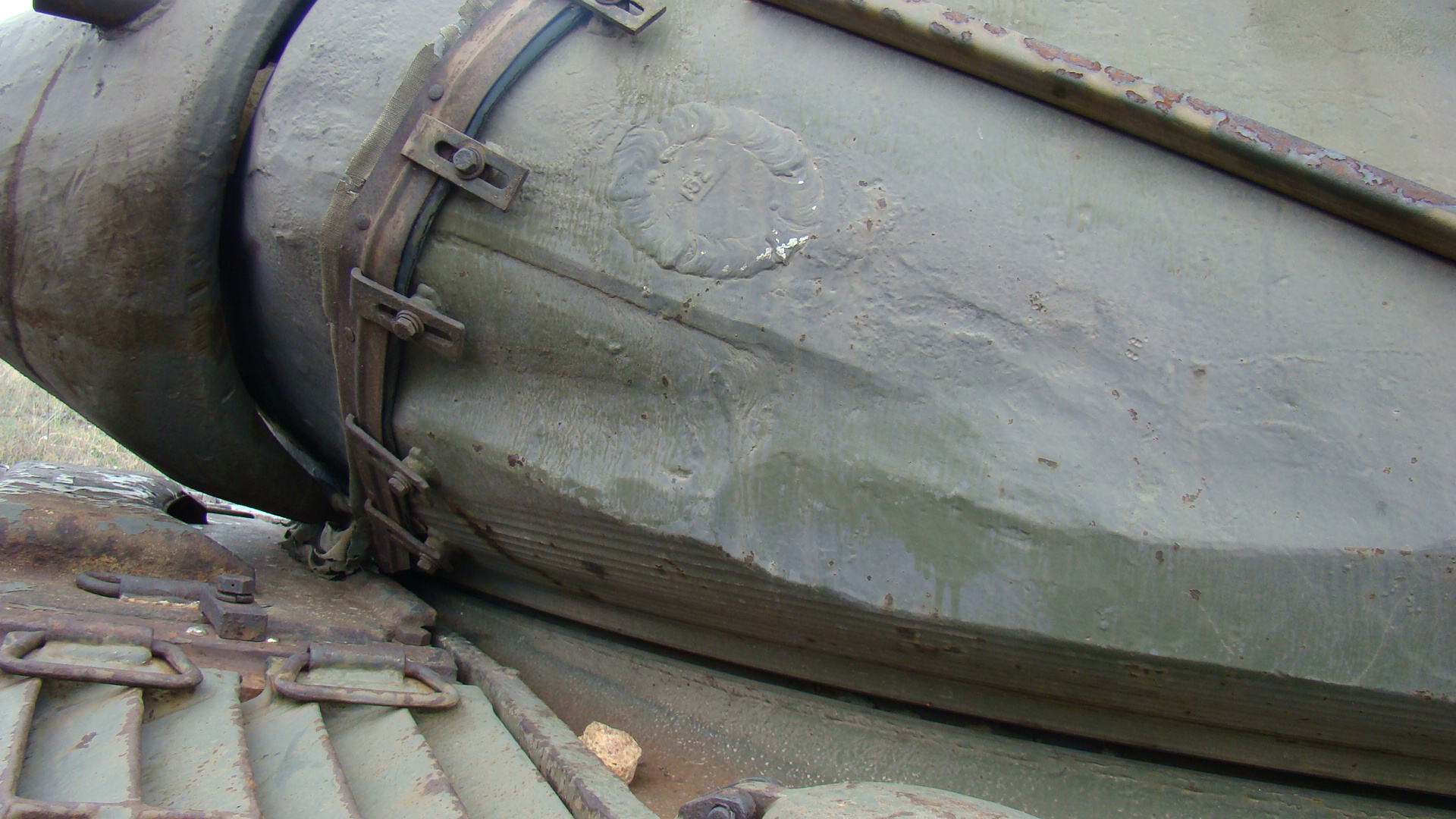
You can also see the beginnings of the slice I allude to. Note how it looks as if extra armor has been applied over the casting seam like putty.
The ring appears here as well, but note the rounded sides of the turret.
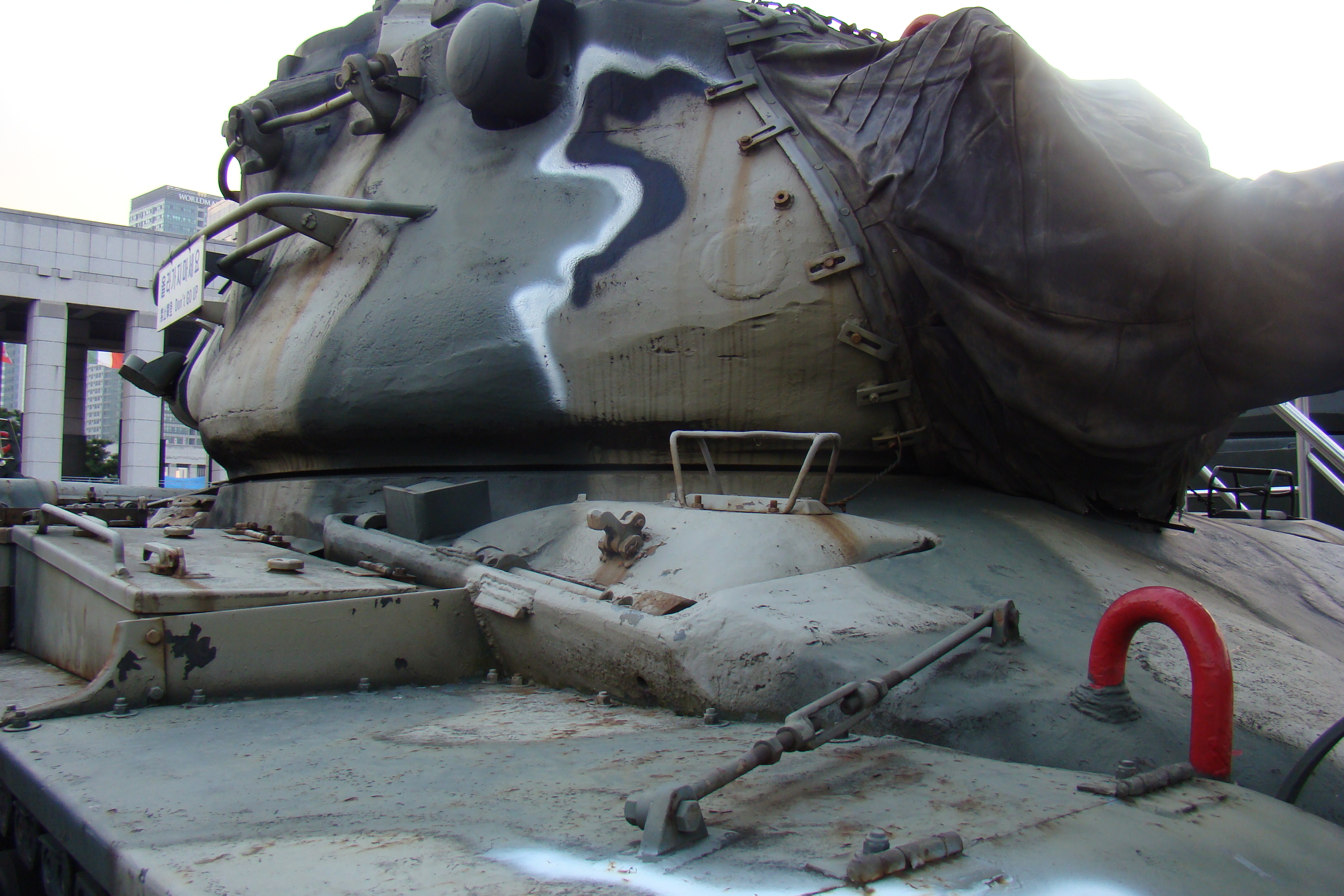
Better view:
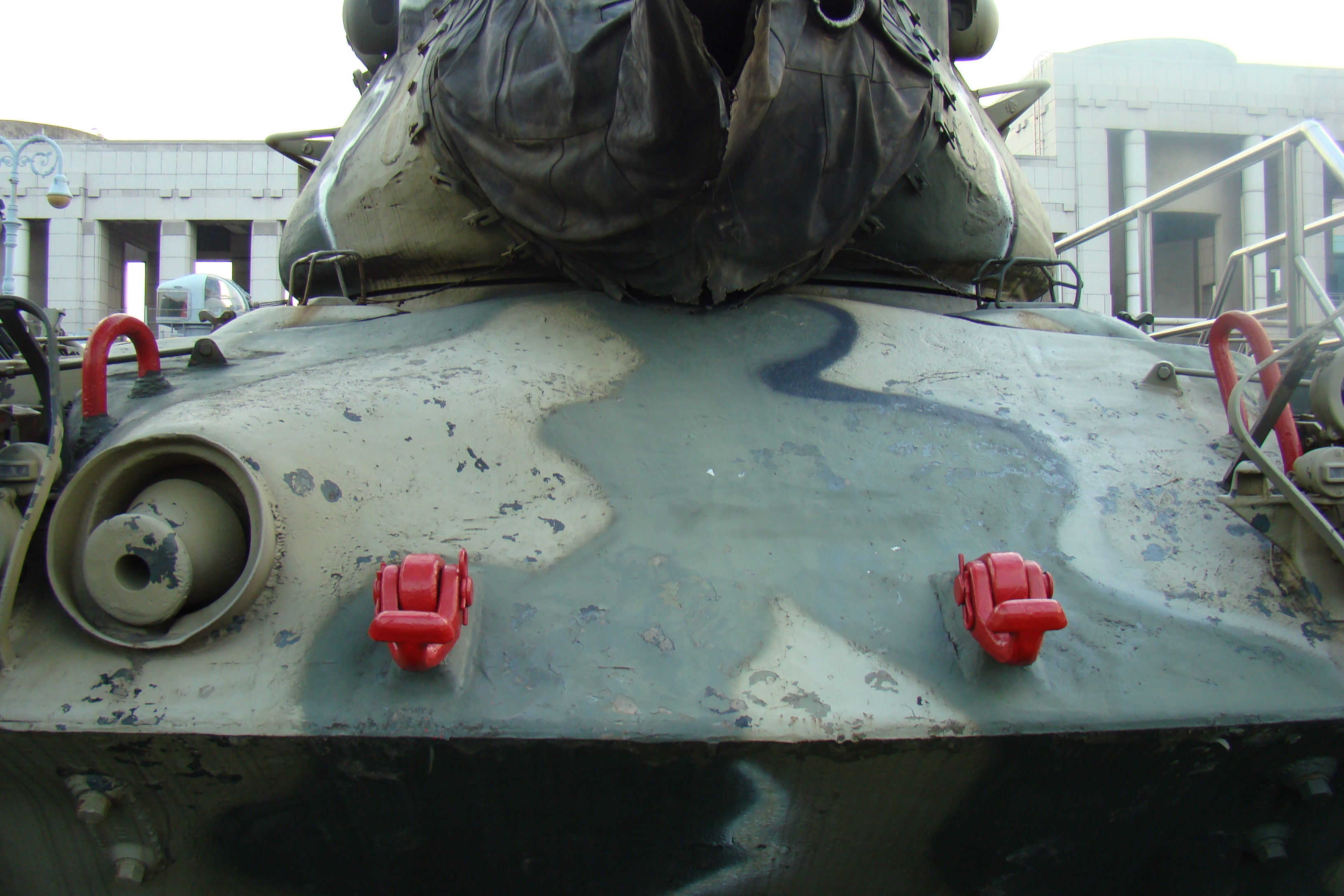
Then you have one that is quite a bit less rounded, more of a step:
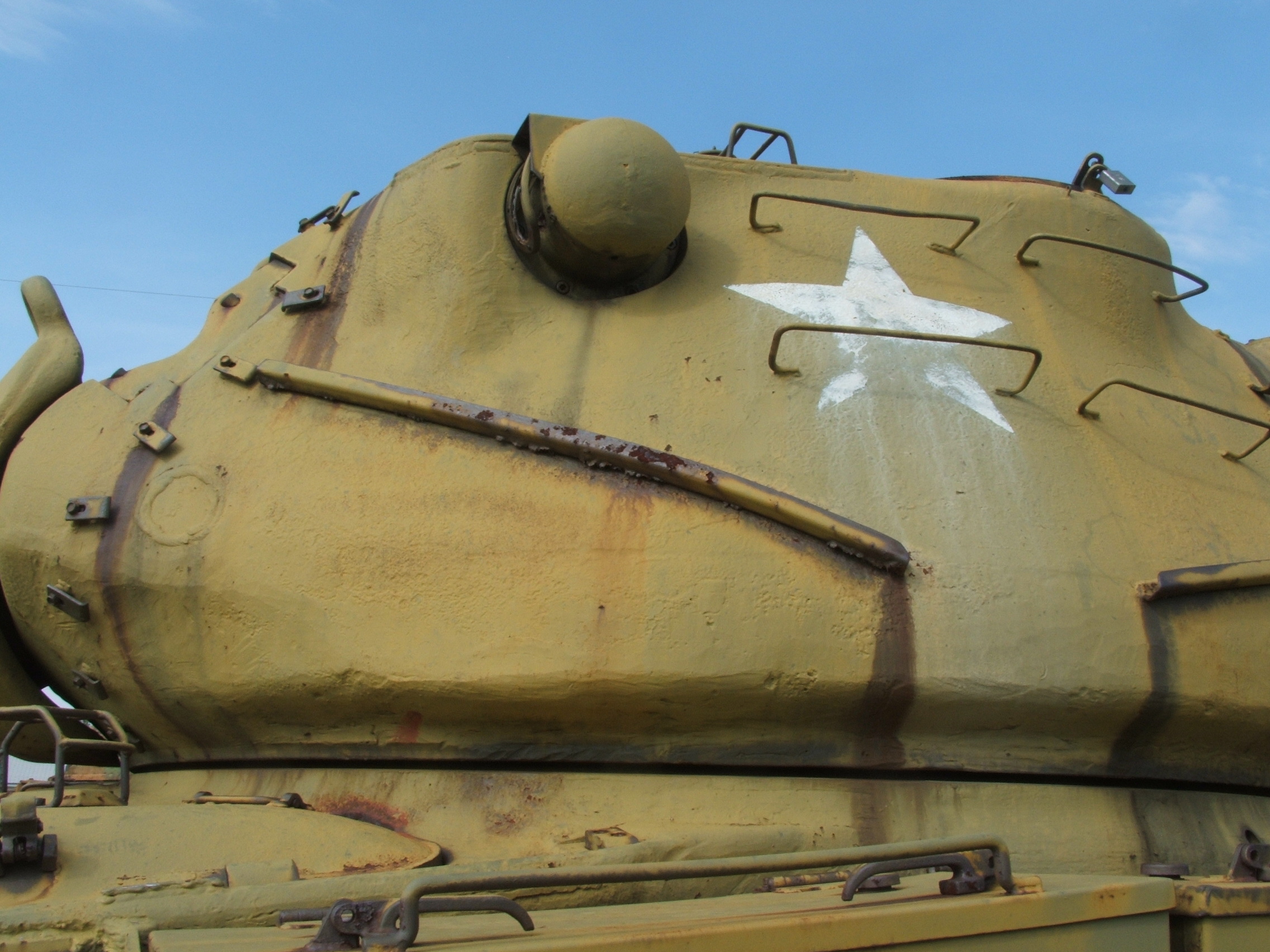
And finally, the sliced version as I call it:

Interestingly, it's different on the opposite side -
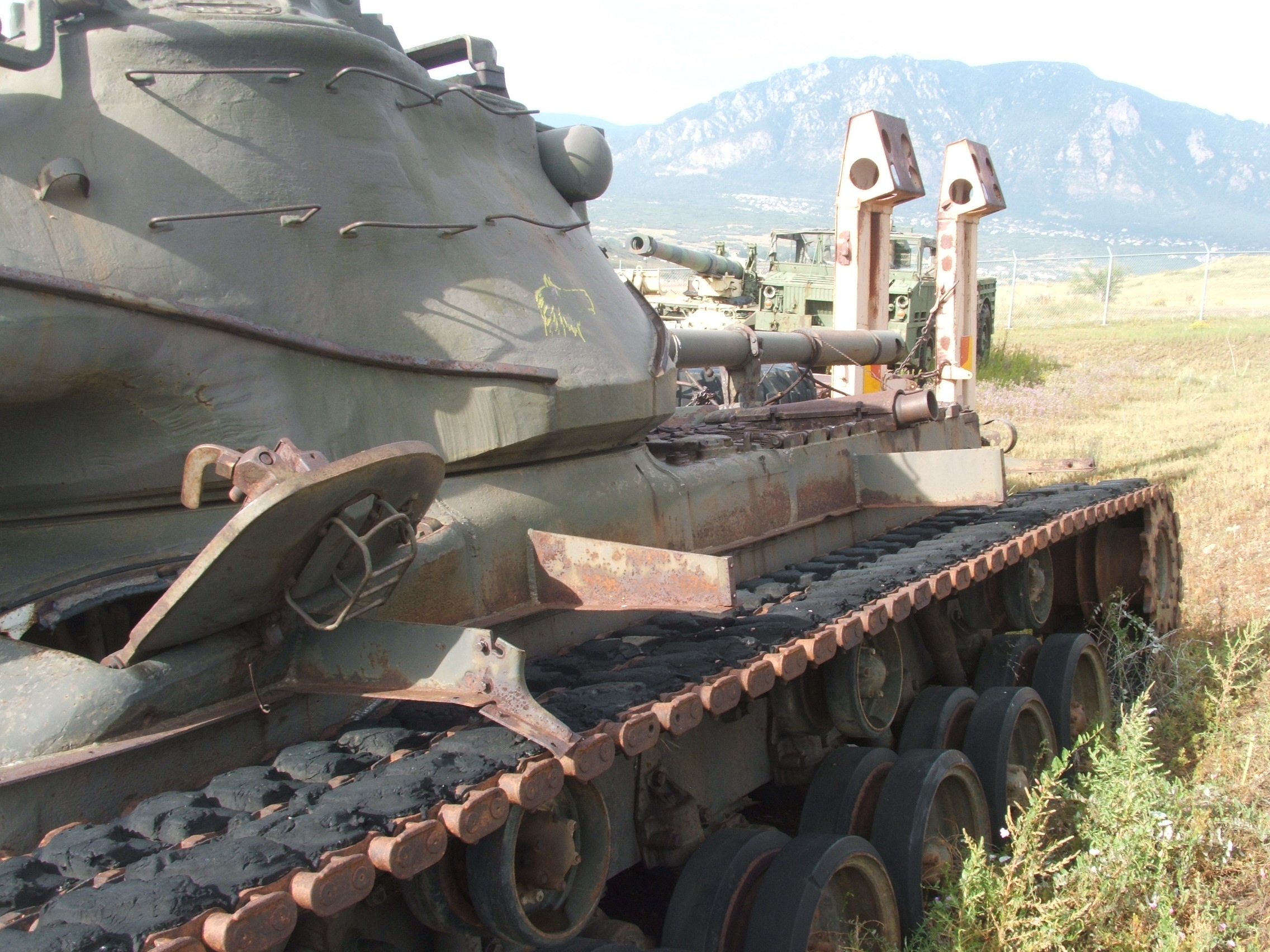
and really appears to be the result of having added much thicker armor to the lower edge of the turret, and then slicing it off.
Indeed, the first time I attempted this be just cutting away material I ended up with a nice hole in the turret. I did have to add extra armor with A+B putty and then shave it off to achieve the same look.
Just some early hump day musings...










